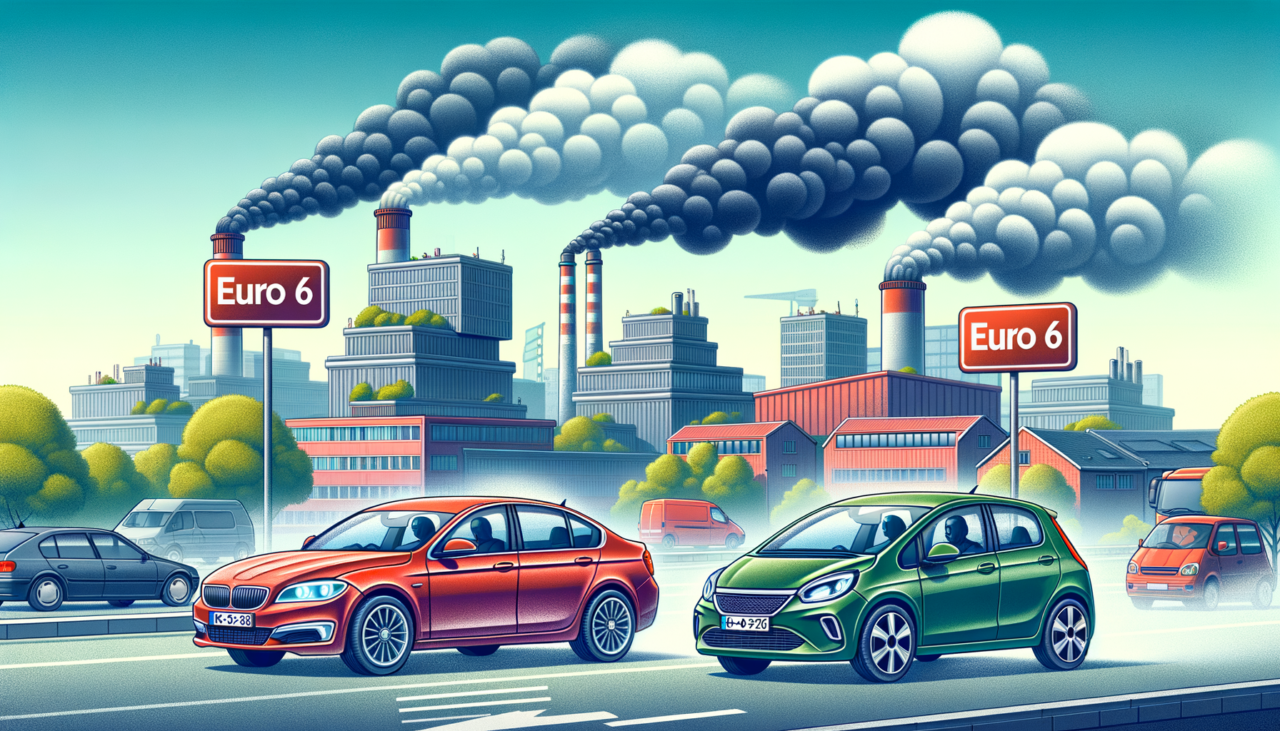Hello, dear readers! Today, we’re diving into the exciting world of vehicle emissions standards—specifically Euro 6 and Euro 5. Now, I know what you’re thinking: “How riveting can emission standards be?” But stick with me, and I promise you’ll come away with a clearer understanding of these regulations, maybe even a chuckle or two, and, if nothing else, a newfound appreciation for cleaner air. So, grab your cuppa, and let’s get started!
Understanding Euro Emission Standards
Before we delve into comparisons, let’s set the scene. The “Euro” standards are regulations set by the European Union to limit vehicle emissions. They aim to improve air quality by reducing pollutants emitted by vehicles. As an Aussie who’s seen the impact of bushfires and urban smog, I can tell you firsthand—clean air is not just a nicety; it’s a necessity.
Euro 5 Emissions: The Old Guard
Introduced in September 2009, Euro 5 was a significant step forward in reducing harmful emissions. It mandated limits on nitrogen oxides (NOx), hydrocarbons, and particulate matter from diesel engines, while also tightening controls on petrol engines.
Characteristics of Euro 5:
- NOx Emissions: Diesel engines were capped at 180 mg/km.
- Particulate Matter: Diesel vehicles had a limit of 5 mg/km.
- Hydrocarbons + NOx for Petrol Engines: Set at 160 mg/km.
- Real-life Impact: Reduced smog in urban areas, contributing to healthier lungs and clearer skies.
Euro 6 Emissions: The New Frontier
Fast forward to September 2014, and Euro 6 came into play. This standard raised the bar significantly, driven by advancements in technology and a growing awareness of environmental issues. Euro 6 pushed for further reductions in NOx and particulate matter, particularly targeting diesel engines.
Characteristics of Euro 6:
- NOx Emissions: Diesel engines were further reduced to 80 mg/km.
- Particulate Matter: Limits for diesel remained at 5 mg/km, but new testing procedures were introduced for accuracy.
- Hydrocarbons + NOx for Petrol Engines: Tightened to 100 mg/km.
- Real-life Impact: Not only cleaner cities but also a cleaner conscience for those of us who care about the planet.
Comparative Table: Euro 6 vs. Euro 5 Emissions
Here’s a quick look at how Euro 6 stacks up against Euro 5:
| Feature | Euro 5 | Euro 6 |
|---|---|---|
| NOx Emissions (Diesel) | 180 mg/km | 80 mg/km |
| Particulate Matter (Diesel) | 5 mg/km | 5 mg/km (stricter testing) |
| Hydrocarbons + NOx (Petrol) | 160 mg/km | 100 mg/km |
| Introduction Year | 2009 | 2014 |
| Technology Requirement | Basic particulate filters | Advanced catalytic reduction |
| Real-world Testing | Not mandatory | Emphasized |
Why It Matters
Transitioning from Euro 5 to Euro 6 isn’t just about numbers and regulations; it’s about commitment to a cleaner, healthier environment. For instance, a bloke I met at a BBQ last year swapped his old Euro 5 diesel for a Euro 6 model. He noticed not just improved mileage but also felt better knowing his car was friendlier to the planet. Plus, his wife no longer complained about the “diesel smell” when he pulled into the driveway—happy wife, happy life!
Conclusion
In conclusion, while Euro 5 laid crucial groundwork in emissions reductions, Euro 6 has pushed the envelope further, ensuring that our vehicles are as clean and efficient as possible. As we gear up for even stricter standards in the future, it’s vital to stay informed and make choices that lead to a better environment for generations to come.
So, whether you’re a car enthusiast, an eco-warrior, or just someone who enjoys a good yarn about emissions, I hope this article has lit up your day like a sunny morning in the outback. Until next time, happy driving and cleaner breathing!

Comments (0)
There are no comments here yet, you can be the first!